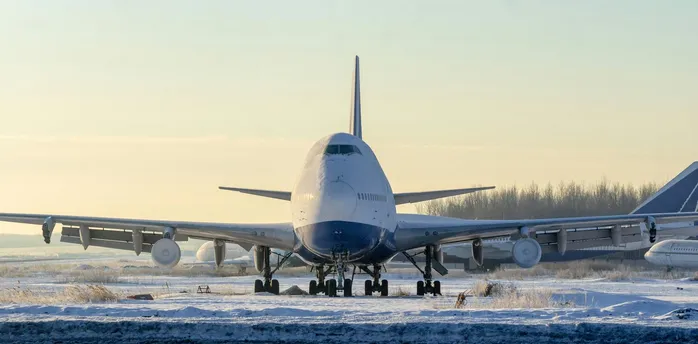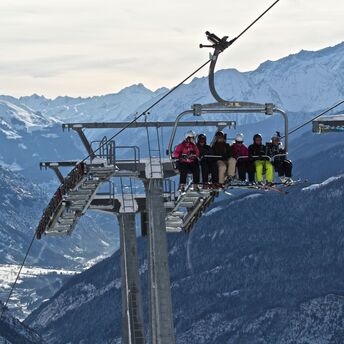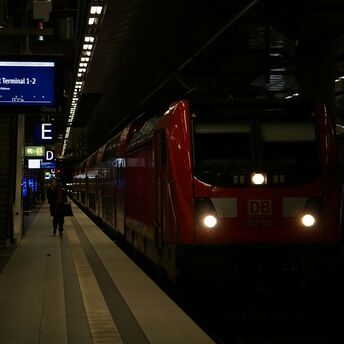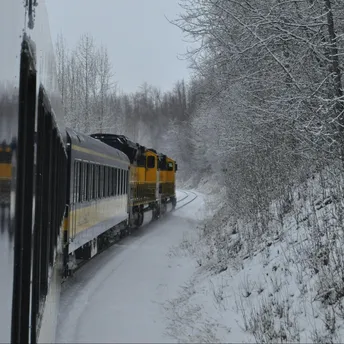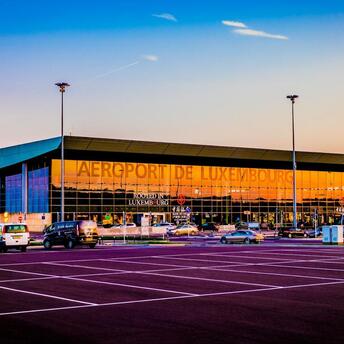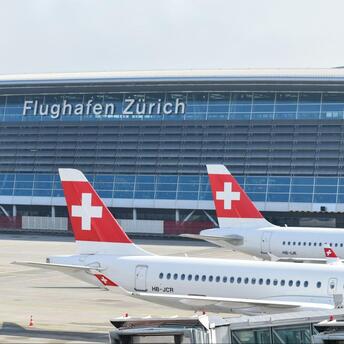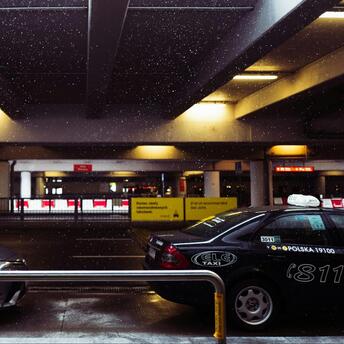Ukraine’s War-Torn Landscapes Draw Tourists
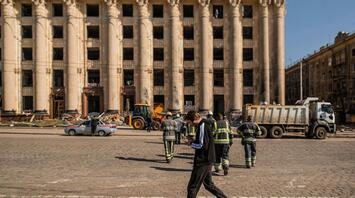
Before the Russian invasion, tourists flocked to Ukraine to visit Chernobyl, the infamous nuclear disaster site.
In 2019, following the HBO series "Chernobyl," visitor numbers surged, and plans were underway to develop more tourism infrastructure. However, the Russian invasion in 2022 shifted attention from nuclear tourism to war-torn landscapes.
In 2022, Russian troops briefly occupied Chernobyl, turning the exclusion zone into a frontline. Today, only official delegations and military personnel have access, but travelers are still visiting Ukraine to witness the scars left by war.
In Horenka, a suburb northwest of Kyiv, grey apartment buildings with broken windows and shell damage stand as a testament to Russian atrocities. This area has become a focal point for tours showcasing the devastation and horror experienced by locals.
Mariana Oleskiv, head of Ukraine's State Agency for Tourism Development, initially opposed these tours, but perspectives have changed. Now, there's a desire for the world to see the heroism of Ukrainians and the crimes committed by Russian forces.
Among those taking these tours are members of international organizations, volunteers, diplomats, and others keen to see the impact of the conflict firsthand. Jean-Baptiste Laborde, a French student, is one such visitor. He tours Horenka and other affected areas with Svitozar Moiseiv, a guide and co-founder of a travel company.
The tour begins in Horenka, where Moiseiv describes the Russian soldiers' arrival and the ensuing destruction. They visit various sites, including Bucha, a symbol of Russian atrocities. Residents recount their experiences, adding personal stories to the tour.
While Ukraine's ski resorts have been busy with locals seeking respite, the country's tourism for classical purposes is rare. Instead, tours offer an emotional and educational experience, highlighting the resilience of Ukrainians.
Tour guides like Yulia Bevzenko immerse visitors in the war's reality, showing them the National Guard and military personnel on Kyiv's streets and taking them to sites of significant conflict. Petra Schröckeneder, an Austrian volunteer, was deeply moved by these tours, which provided a profound understanding of Ukraine's daily struggles.
Despite travel warnings, people are still drawn to Ukraine, seeking to understand the conflict's reality. As the war continues, the hope is that one day travelers will return to Chernobyl and that Ukraine's recent history of conflict will be integrated into future travel experiences.
Ukraine's tourism landscape has shifted dramatically, but the country's resilience and determination remain evident. Visitors now come to witness the scars of war, contributing to a broader understanding of the conflict and the heroism of its people.


